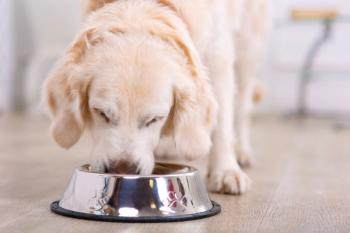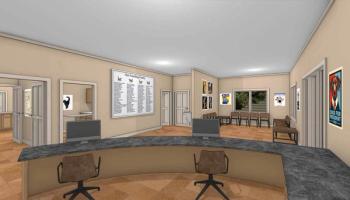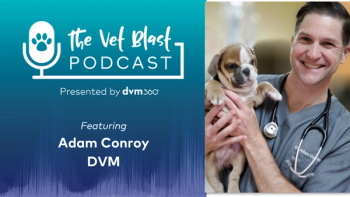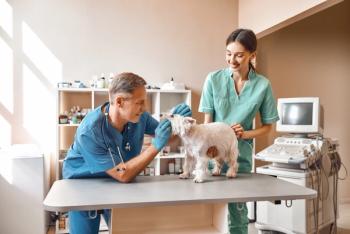
Building new? Plan now for AAHA certification
These design touches wont just get you points on your AAHA certification score. Theyre industry standards that Veterinary Economics Hospital Design Conference educator Heather Lewis, AIA, hopes to see in every veterinary hospital, every time.
Most of you are familiar with some of AAHA's guidelines for certifying a veterinary hospital, but did you know that there are some standards that can't be met without having the right physical spaces built into your hospital from the start? Heather Lewis, AIA, of Animal Arts in Boulder, Colorado, shared examples of these items with a packed room at the 2017 Veterinary Economics Hospital Design Conference in Kansas City, Missouri.
Let's dive into examples from three big categories: setting up special rooms, planning for equipment and planning for the patient.
1. Setting up special veterinary hospital rooms
Anesthesia. Induction needs to be done in its own dedicated area. This means that the practice shouldn't be inducing in the surgery room, and other work shouldn't be done on the induction table, Lewis notes.
Surgery recovery. Hospitals also need a dedicated area for recovery outside of the surgery suite-however, this space could be used for other animal housing situations as needed, Lewis says.
Designing a surgery suite
Surgery needs special attention in hospital design for AAHA accreditation. Don't forget these important touches:
Noncircular air circulation in your HVAC plan. Don't bring surgery air back into surgery. Proper ventilation is required to minimize aerosolized microorganisms and guarantee laminar flow and positive air pressure, Lewis says.
Viewing window. A window into surgery can minimize the opening of the surgery suite door and possible contamination.
Vacuum. You can put this in later after your hospital is finished, but you'll definitely need a vacuum as an ideal (and AAHA standard) way to remove loose hair and debris.
A wet table. You'll have trouble fitting this in after the fact.
Isolation. Beyond the space requirement, Lewis states, the isolation room needs finishes that are easy to clean, a dedicated exam table, a floor drain and a hose bib. The room should also have negative air pressure compared to the spaces around it and should not recirculate air back into any other space.
2. Planning for equipment
A look at safety in remodels
All current safety standards are requirements when building a new building from scratch, Lewis says. However, if you're remodeling an existing building, you may-or may not-need to bring these items up to code:
Emergency lighting. Battery-operated lights or alternate power sources must be maintained, tested and inspected monthly.
Fire safety. The hospital needs an appropriate number of the right types of fire extinguishers. It's likely that your periodic fire department inspections achieve this standard, Lewis says.
Exterior lighting. You may need to add additional or different lighting to the building or parking lot for the safety of clients and team members.
Laboratory. You need enough electrical power for equipment as well as the manufacturers' standard equipment clearances.
Radiography. You need to produce quality diagnostic images at the hospital as part of the AAHA accreditation standards. This means that barrier protection must be in place in radiograph rooms. This is also an OSHA requirement, Lewis says. Plan for adequate working space around three sides of the radiograph table. This is relevant, Lewis says, because radiography rooms often get shorted on space in the plan.
3. Planning for the patient
Workflow and patient flow. Standards dictate that the movement of clients and patients through the hospital allow for separation of species. This includes species segregation in waiting areas as well as five-foot-wide passing space for two dogs on leashes in corridors. Not only is the separation of species AAHA compliant, it's a good
If you want to learn more, register for next year's
Newsletter
From exam room tips to practice management insights, get trusted veterinary news delivered straight to your inbox—subscribe to dvm360.




